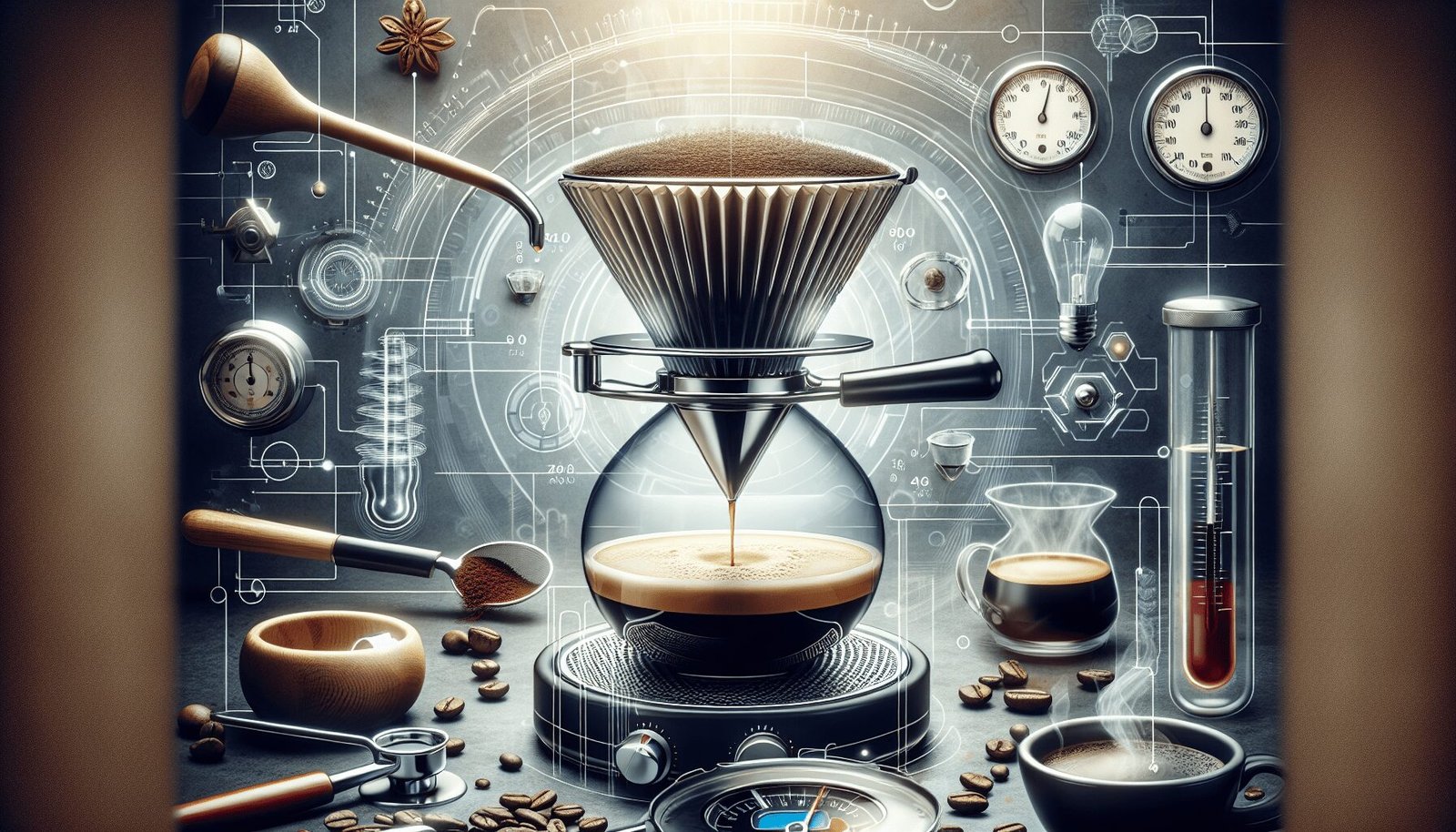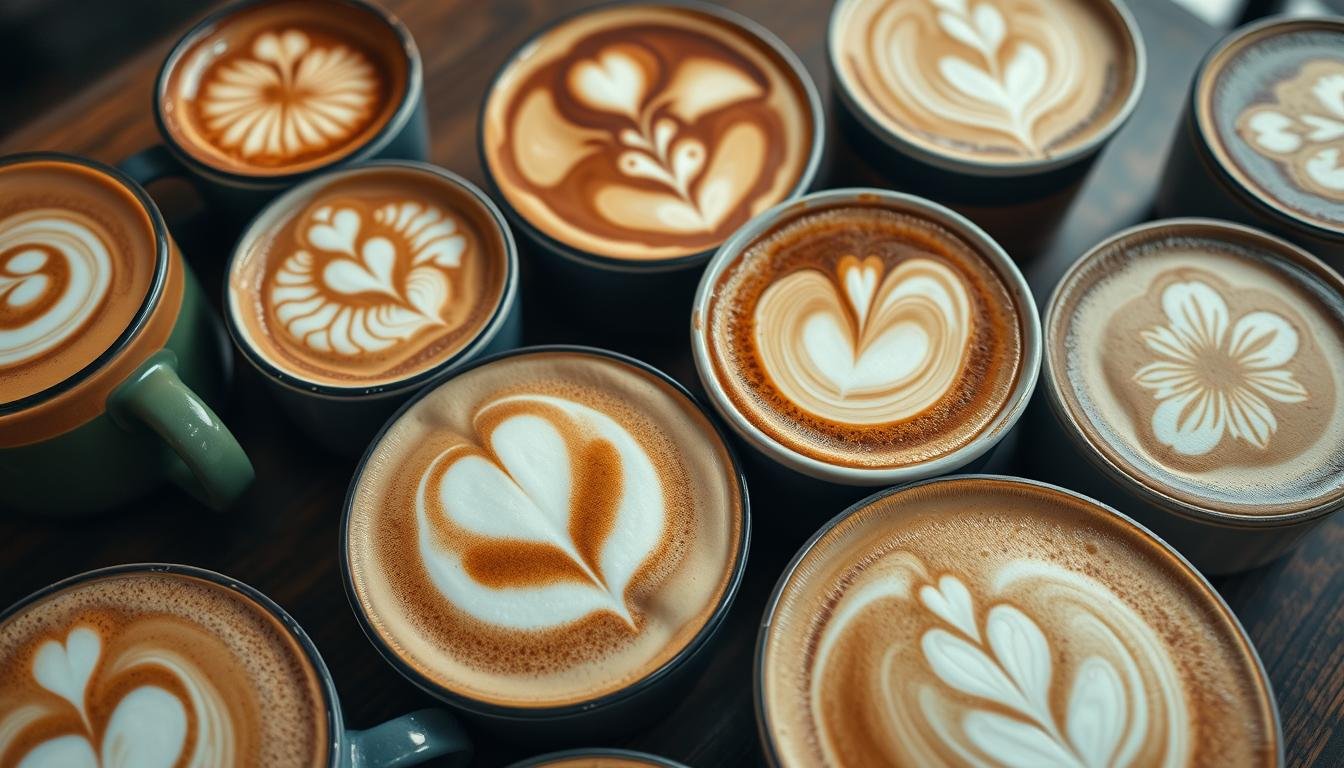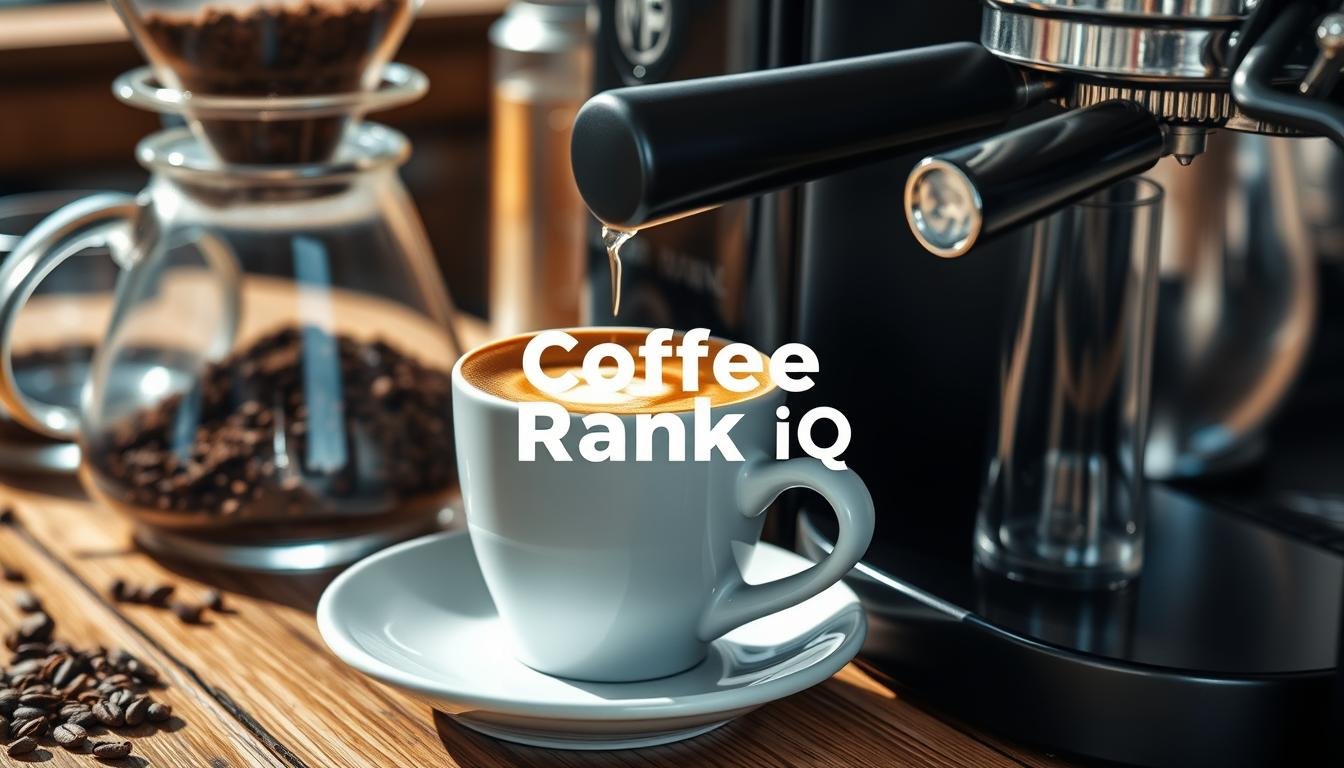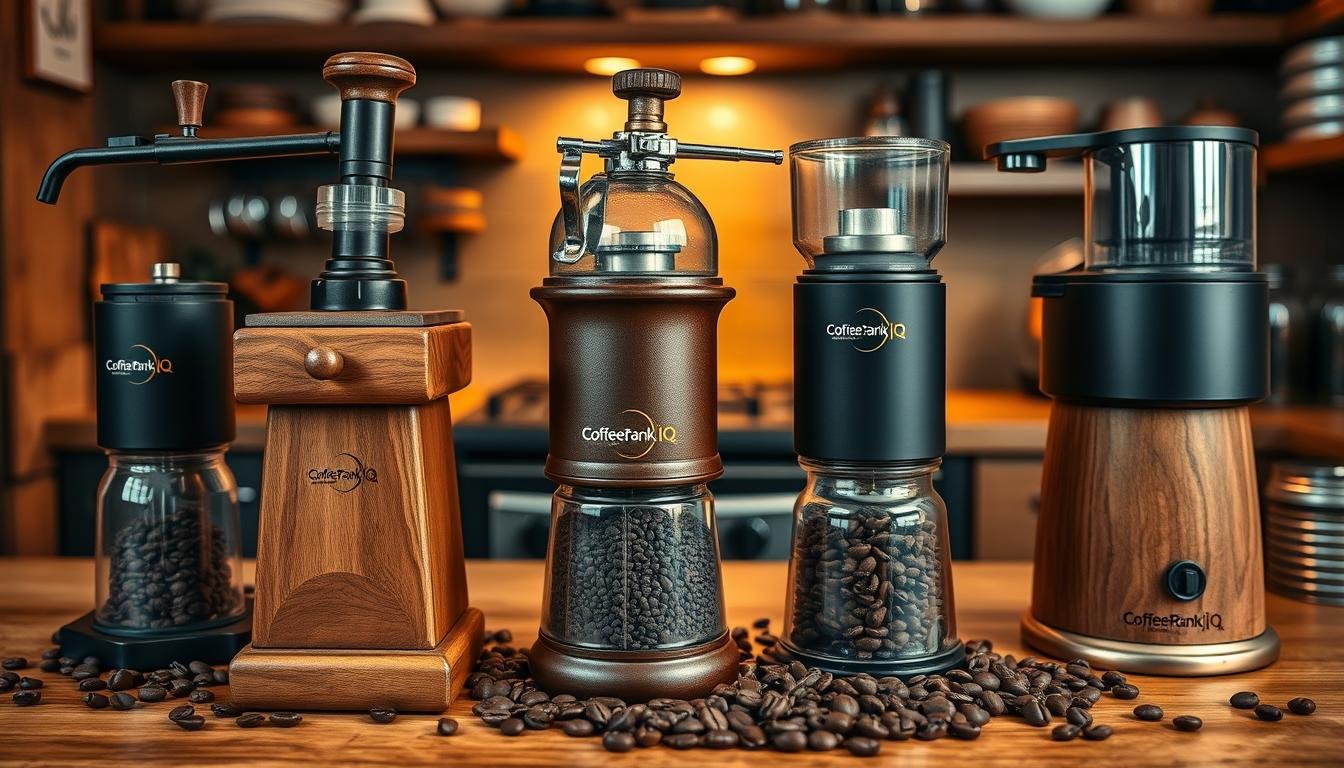You hold the power to unleash the full potential of every coffee bean, to elevate your mornings from mundane to extraordinary. In the world of coffee enthusiasts, there is a secret technique that separates the masters from the novices: the art of percolation. With advanced espresso, you will embark on a journey to mastery, learning the intricacies of this brewing method and unlocking the hidden flavors within each dose of aromatic grounds. Prepare to indulge your senses and uncover the secrets of the perfect brew, as we delve into the captivating world of advanced espresso percolation.
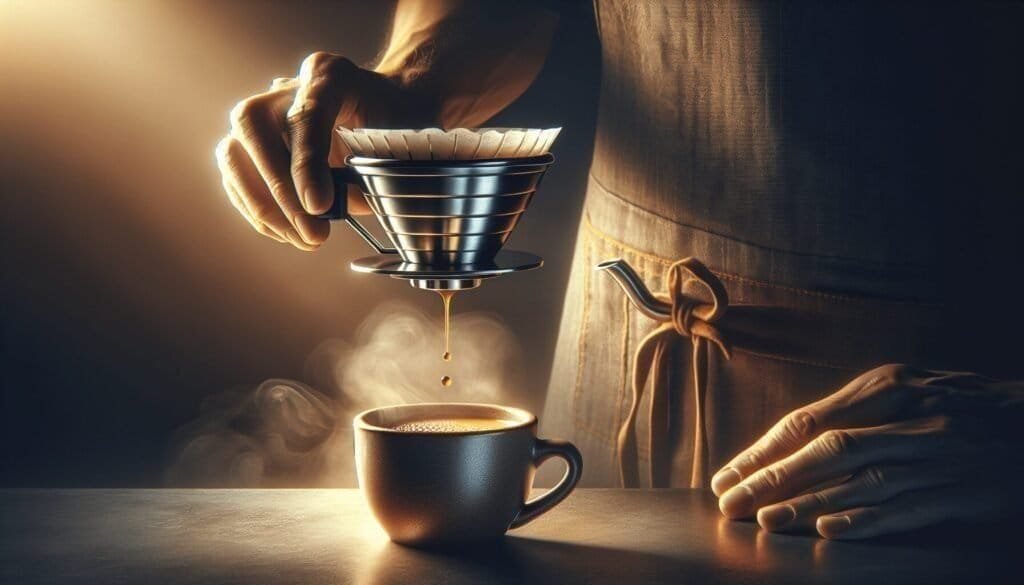
Understanding Percolation
The role of percolation in espresso brewing
Percolation plays a crucial role in the process of brewing espresso. It is the method by which hot water is forced through coffee grounds, extracting the desired flavors and creating that rich, aromatic cup of espresso that we all know and love. Without percolation, espresso brewing would not be possible.
The science behind percolation
Percolation operates on the principle of water passing through a medium, in this case, the coffee grounds. As the water makes its way through the coffee bed, it dissolves and carries away the soluble compounds present in the grounds. These compounds contribute to the flavor, aroma, and overall quality of the resulting espresso.
The process of percolation involves several factors, including the size of the coffee grounds, the water temperature, and the pressure utilized. By understanding and mastering these factors, one can achieve the Perfect extraction and brew an exceptional cup of espresso.
How percolation affects the taste and quality of espresso
Percolation has a profound impact on the taste and quality of espresso. The duration of contact between water and coffee, which is determined by the rate of flow, affects the extraction of different compounds. A longer contact time can lead to over-extraction, resulting in a bitter and unpleasant taste. Conversely, a shorter contact time can lead to under-extraction, producing a weak and lackluster cup of espresso.
Achieving the ideal balance in the percolation process is crucial for maximizing the flavors and characteristics present in the coffee beans. It is through careful manipulation of percolation variables that baristas can create a well-balanced and delicious espresso.
Percolation and the Espresso Machine
How espresso machines utilize percolation
espresso machines are specially designed to facilitate the percolation process. They enable hot water to be forced through the coffee grounds under controlled conditions, optimizing the extraction of flavors. Espresso machines accomplish this through a combination of water heating, pressure generation, and extraction chamber design.
At their core, espresso machines consist of a water reservoir, a heating element, a pump for generating pressure, and a portafilter for holding the coffee grounds. The water is heated and pressurized, allowing it to flow through the coffee bed, extracting the desired compounds and producing the final espresso.
Understanding the design of espresso machines for optimal percolation
The design of espresso machines is crucial in achieving optimal percolation. Key considerations include the ability to maintain consistent water temperature, the generation of stable pressure throughout the brewing process, and the size and shape of the extraction chamber.
Espresso machines often employ heat exchangers or thermoblocks to heat and maintain the water temperature within a specific range. Consistency in water temperature is critical, as it directly affects the extraction process.
The pump in an espresso machine is responsible for generating the necessary pressure for percolation. It must be powerful enough to provide adequate flow rate while maintaining stability throughout the entire brewing cycle.
The extraction chamber, usually found in the portafilter, must allow for even water distribution and uniform contact with the coffee grounds. It also ensures that the percolation process occurs efficiently and consistently.
The importance of machine maintenance for efficient percolation
Proper maintenance of an espresso machine is essential for ensuring efficient percolation. Regular cleaning and descaling prevent the buildup of mineral deposits that can impair both water flow and temperature control. Accurate calibration of pressure and temperature gauges is also crucial, as these elements directly impact the percolation process. By keeping an espresso machine in optimal working condition, one can consistently achieve excellent brews with consistent extraction.
Important Factors Influencing Percolation
The effect of coffee grind size on percolation
The size of coffee grounds has a significant impact on the percolation process. Finer grinds increase the overall surface area of the coffee particles, resulting in faster water flow and increased extraction. On the other hand, coarser grinds slow down water flow, leading to a longer contact time and potentially under-extraction.
Achieving the perfect grind size for espresso brewing is a crucial skill. It requires balancing the desired extraction rate, contact time, and taste preferences. Experimentation with different grind sizes is necessary to discover the ideal setting for each specific coffee blend.
The impact of water temperature on percolation
Water temperature is another critical factor in percolation. It influences the rate of extraction, solubility of compounds, and the overall taste profile of the espresso. Generally, water temperature in the range of 195°F to 205°F (90°C to 96°C) is considered ideal for espresso brewing.
Maintaining consistent water temperature throughout the percolation process is crucial. Variations outside the recommended range can result in either over-extraction or under-extraction, leading to undesirable flavors. Baristas often utilize temperature-stable espresso machines or employ temperature control devices to ensure precise water temperature during brewing.
How pressure influences the percolation process
Pressure plays a vital role in the percolation process, as it drives the flow of water through the coffee bed. In espresso brewing, the typical range of pressure is 9 to 10 bars. This level of pressure ensures optimal extraction while avoiding the risk of channeling or uneven saturation of the coffee grounds.
High pressure can lead to over-extraction and result in bitter flavors. Insufficient pressure may lead to uneven or incomplete extraction, resulting in a weak and unbalanced espresso. Achieving and maintaining the correct pressure is crucial for maximizing the quality and taste of the final brew.
Mastering the Coffee Grind for Percolation
Understanding coffee grind sizes
Coffee grind sizes range from extremely fine to very coarse. Each grind size imparts unique characteristics to the resulting espresso. For percolation, espresso brewing typically requires a fine to medium grind size. This level of fineness allows for optimal extraction and balanced flavors.
Different brewing methods often require adjustments in grind size. Burrs grinders with adjustable settings offer the flexibility to experiment with various grind sizes and dial in the perfect setting for espresso brewing. It is important to note that consistent grind size is crucial, as uneven grinds can lead to inconsistent extraction and flavors.
The impact of grind size on extraction
Grind size directly influences the rate of extraction, contact time, and the balance of flavors in espresso. Finer grinds allow for faster extraction, as the increased surface area facilitates quicker dissolution of compounds. However, finer grinds also increase the risk of over-extraction, resulting in bitter and unpleasant flavors.
Coarser grinds, on the other hand, slow down the extraction process, allowing for a longer contact time and potentially more nuanced flavors. However, too coarse of a grind may lead to under-extraction and result in weak and lacking flavor profiles.
Baristas must experiment with different grind sizes to find the perfect balance for their desired taste and brew time.
Finding the perfect grind size for espresso percolation
Achieving the perfect grind size for espresso percolation requires patience, experimentation, and meticulous adjustments. The goal is to find a grind size that allows for optimal extraction within the desired time frame, while also maintaining a well-balanced taste profile.
Start by selecting a grind size in the fine to medium range. Brew a small batch of espresso and evaluate the flavors and characteristics. If the extraction is too fast and lacks depth, try adjusting to a slightly finer grind. If the extraction is too slow and results in over-extraction or bitterness, try a slightly coarser grind.
Continually fine-tune and experiment until the desired extraction and taste are achieved. Keep in mind that different coffee blends may require different grind sizes, so be prepared to adjust accordingly.
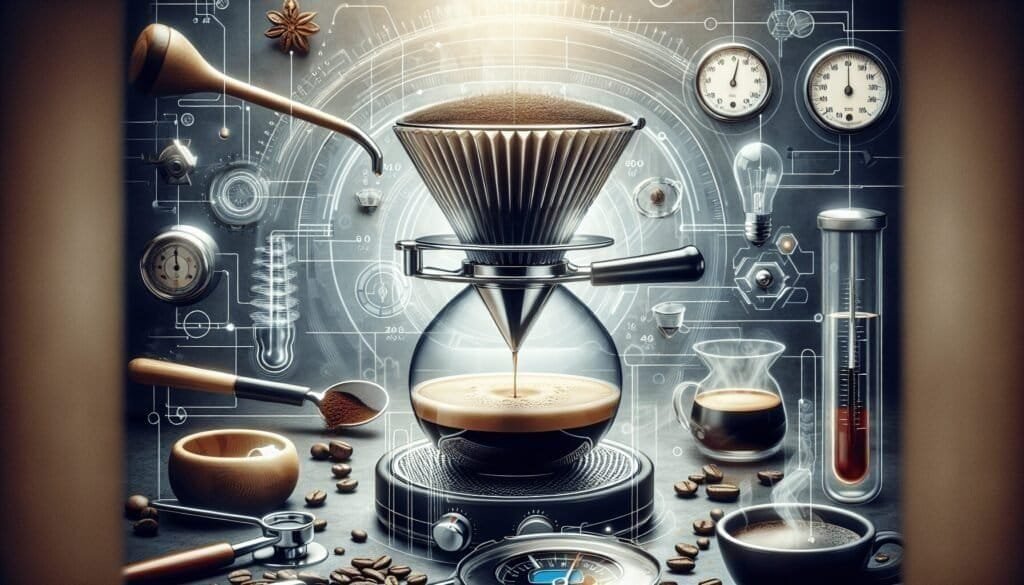
Water Temperature and its Influence on Percolation
The ideal water temperature for espresso percolation
Water temperature significantly impacts the percolation process and the resulting quality of espresso. The ideal temperature range for espresso brewing is typically between 195°F and 205°F (90°C to 96°C). Within this range, water maximizes the extraction of desirable flavors while minimizing the likelihood of over-extraction or under-extraction.
Water that is too hot risks over-extraction, leading to bitter and unpleasant flavors. Alternatively, water that is too cold may result in under-extraction, producing a weak and lackluster cup of espresso.
Methods to control and monitor water temperature
Controlling and monitoring water temperature is essential for achieving consistent and high-quality espresso percolation. Advanced espresso machines often have built-in mechanisms, such as heat exchangers or thermoblocks, to maintain precise water temperatures throughout the brewing process.
For those without temperature-stable machines, there are alternative methods to control and monitor water temperature. One common approach is to preheat the espresso machine and portafilter. This ensures that the water retains its heat as it passes through the grounds. Additionally, using a thermometer to measure water temperature can provide valuable insights and help maintain consistency.
The role of water temperature in coffee extraction
Water temperature directly affects the extraction of compounds from coffee grounds. Hot water enhances the dissolution of soluble compounds, varying the balance and intensity of flavors. Different compounds are extracted at different rates, and water temperature influences the overall flavor profile of the espresso.
High temperatures tend to extract more acidic and bitter compounds, resulting in a more intense, vibrant flavor. Lower temperatures, on the other hand, may highlight sweeter and smoother flavors, while potentially lacking some complexity.
Finding the right water temperature for extraction is a personal preference, with some favoring higher temperatures for a more robust flavor and others choosing lower temperatures for a more nuanced profile. Experimentation is key to discovering the perfect balance for one’s preferred taste.
Pressure’s Role in the Percolation Process
Understanding the correct pressure for espresso percolation
Pressure is a critical factor in the percolation process, as it drives the flow of water through the coffee bed. For espresso brewing, the generally accepted range of pressure is 9 to 10 bars. This level provides the necessary force to achieve optimal extraction while minimizing the risk of channeling or uneven saturation.
Higher pressures can lead to over-extraction, resulting in bitter flavors. Insufficient pressure may cause under-extraction, producing a weak and imbalanced cup of espresso. Achieving and maintaining the correct pressure is crucial for obtaining a high-quality brew.
How to maintain stable pressure during the brewing process
Maintaining stable pressure throughout the brewing process is essential for consistent and balanced espresso. Modern espresso machines are designed to provide stable pressure by utilizing pressure-regulating mechanisms and advanced pumps.
To ensure stable pressure, it is crucial to properly calibrate and maintain the espresso machine. Regular cleaning and descaling prevent blockages or irregularities that may impede proper pressure generation. Additionally, carefully monitoring pressure gauges and making any necessary adjustments can help maintain stability.
The connection between pressure and extraction rate
Pressure directly impacts the extraction rate during percolation. Higher pressure increases the flow rate of water through the coffee bed, allowing for quicker extraction of soluble compounds. Conversely, lower pressure slows down extraction, resulting in a longer contact time and potentially enhanced flavor extraction.
The relationship between pressure and extraction rate is a delicate balance. Adjusting pressure can influence the overall taste profile of the espresso. By understanding this connection, espresso enthusiasts can manipulate pressure to achieve their desired flavor characteristics.
The Art of Tamping for Optimal Percolation
What is tamping in the context of brewing espresso
Tamping is a crucial step in the espresso brewing process that involves applying pressure to the coffee grounds in the portafilter. It ensures even extraction by creating a uniformly compacted coffee bed, optimizing water flow and distribution.
Tamping is typically performed with a tamper, a handheld tool with a flat base that matches the size of the portafilter. The coffee grounds are leveled in the portafilter and then firmly compressed using the tamper. This step contributes to the formation of a proper seal and even resistance, allowing for consistent percolation.
Correct techniques for tamping
Proper tamping technique is essential for achieving optimal percolation and ensuring consistent extractions. The following steps outline the correct procedure for tamping:
- Fill the portafilter evenly with freshly ground coffee.
- Use a finger or espresso distributor to distribute the grounds evenly in the portafilter.
- Place the tamper on top of the coffee bed and apply downward pressure, making sure to keep it level.
- Apply firm and even pressure to create a compacted coffee bed.
- Polish the surface of the coffee bed by giving the tamper a slight twist.
Remember to maintain consistency in tamping pressure and technique throughout the entire brewing process to achieve uniform extractions.
The impact of tamping on espresso percolation
Proper tamping is crucial for optimizing percolation and achieving consistent extractions. Insufficient or uneven tamping can result in channeling, where water rushes through certain areas of the coffee bed, leading to flavor imbalances. Conversely, excessive tamping makes it difficult for water to flow freely, resulting in uneven extraction and a potential under-extraction.
Tamping ensures even water flow, consistent contact time, and proper resistance during percolation. It is a critical step in the art of espresso brewing and should not be overlooked when aiming for the perfect cup of coffee.
Espresso Brewing Techniques for Enhanced Percolation
Pre-infusion: Pre-wetting the coffee grounds
Pre-infusion is a technique utilized in espresso brewing to enhance percolation and extract desirable flavors. It involves soaking the coffee grounds with a small amount of water before the main extraction begins. This process allows for a more even saturation of the coffee particles, resulting in optimized extraction.
Pre-infusion can be achieved by programming the espresso machine to first dispense a small amount of water onto the coffee bed, then pausing briefly before continuing with the extraction. This technique helps to prevent channeling and encourages a more even extraction, ultimately leading to a well-balanced and flavorful cup of espresso.
Bloom: Allowing the coffee to degas
Bloom is a term often associated with coffee brewing methods that involve freshly roasted beans. During the roasting process, carbon dioxide is trapped within the coffee beans. When hot water is introduced, the carbon dioxide is released in the form of gas. Blooming refers to allowing this gas to escape before continuing with the extraction process.
To bloom coffee, pour a small amount of hot water over the coffee grounds, ensuring all the grounds are saturated. This step triggers the release of gases, causing the coffee bed to rise and expand. After a brief pause, continue with the full extraction. Blooming helps to achieve better overall extraction and ensures a more consistent flavor profile.
The brew: Mastering time and flow rate
The brewing phase refers to the actual extraction process where water flows through the coffee bed. Mastering time and flow rate during this phase is crucial for achieving optimal percolation and flavor extraction.
The ideal brew time for espresso typically falls within the range of 25 to 30 seconds. Adjustments to grind size, pressure, and dose can help achieve the desired brew time. Longer brew times may result in over-extraction and bitterness, while shorter brew times may lead to under-extraction and weak flavor profiles.
Flow rate, or the rate at which water passes through the coffee bed, should be steady and consistent throughout the extraction. Gushes or uneven flow can indicate channeling or other issues. By monitoring both brew time and flow rate, baristas can produce well-extracted, balanced cups of espresso.
Common Percolation Issues and Troubleshooting
Problems caused by incorrect grind size
Incorrect grind size is a common issue that can adversely affect percolation and the resulting espresso. If the grind size is too fine, the extraction may be too fast, resulting in over-extraction, bitterness, and potentially a burnt taste. On the other hand, if the grind size is too coarse, the extraction may be slow and ineffective, leading to weak and under-extracted flavors.
To address these issues, experiment with different grind sizes to find the optimal setting for your preferred taste. Fine-tune the grind size based on the desired extraction time and adjust other variables accordingly.
Issues due to improper water temperature or pressure
Improper water temperature and pressure can lead to a range of percolation issues, manifesting in undesirable taste profiles. Too high water temperature can result in over-extraction, bitterness, and potentially burnt flavors. Conversely, water temperature that is too low may lead to under-extraction, producing weak and lacking flavor notes.
Inadequate pressure can result in uneven extraction, channeling, and imbalances in flavor. On the other hand, excessive pressure can lead to over-extraction and bitterness.
To address these issues, ensure your espresso machine is properly calibrated and maintained. Check and adjust water temperature and pressure settings to fall within the recommended ranges for optimal extraction.
Solutions to common percolation challenges
The following are some solutions to common percolation challenges:
- If you are experiencing over-extraction and bitterness, consider adjusting the grind size to coarser and reducing the extraction time.
- For under-extraction and weak flavors, try a finer grind size and increase the extraction time.
- In case of channeling or uneven extraction, check your tamping technique and ensure even distribution of coffee grounds in the portafilter.
- If your brew time is consistently too short or too long, adjust the grind size accordingly and monitor flow rate during the extraction.
Remember, mastering the art of percolation requires experimentation, adjustments, and a willingness to learn from each brewing experience.
Appreciating the Result: The Perfect Espresso
Evaluating your espresso based on taste and visual elements
When it comes to evaluating the quality of your espresso, both taste and visual elements play a crucial role. A comprehensive evaluation involves analyzing the aroma, flavor balance, body, crema, and overall mouthfeel.
Take note of the aroma, paying attention to its intensity and the presence of any distinctive notes. When tasting, evaluate the flavor balance, noting the acidity, sweetness, and bitterness. The body refers to the texture and weight of the espresso on the palate.
Visual elements, such as the crema, color, and texture, also provide valuable insights into the quality of the espresso. A well-formed crema, with a rich amber color and velvety texture, is often an indication of a well-extracted and flavorful cup of espresso.
Adjusting your process for the desired result
Based on your evaluation of the espresso, you can adjust your brewing process to achieve your desired result. If the flavors are too intense or bitter, consider adjusting the grind size to coarser, reducing the extraction time, or lowering the water temperature.
Conversely, if the flavors are weak or lack complexity, experiment with a finer grind size, longer extraction time, or higher water temperature. Remember, small adjustments can go a long way in crafting the perfect espresso.
Continually assess the impact of these adjustments and refine your brewing process until you achieve the desired taste profile. Be open to experimentation and embrace the ongoing journey of mastering the art of percolation.
Continual learning in the art of espresso percolation
Percolating espresso is an art that requires continual learning and dedication. As you dive deeper into the world of brewing, be open to new techniques, research, and discoveries.
Investigate different coffee blends and origins to understand how they interact with the percolation process. Attend workshops, classes, or coffee tastings to learn from industry professionals and fellow enthusiasts. Share your experiences and insights with others, in turn enriching the coffee community.
Embrace the journey of mastering percolation, and remember that the pursuit of the perfect espresso is a never-ending, ever-passionate adventure.

